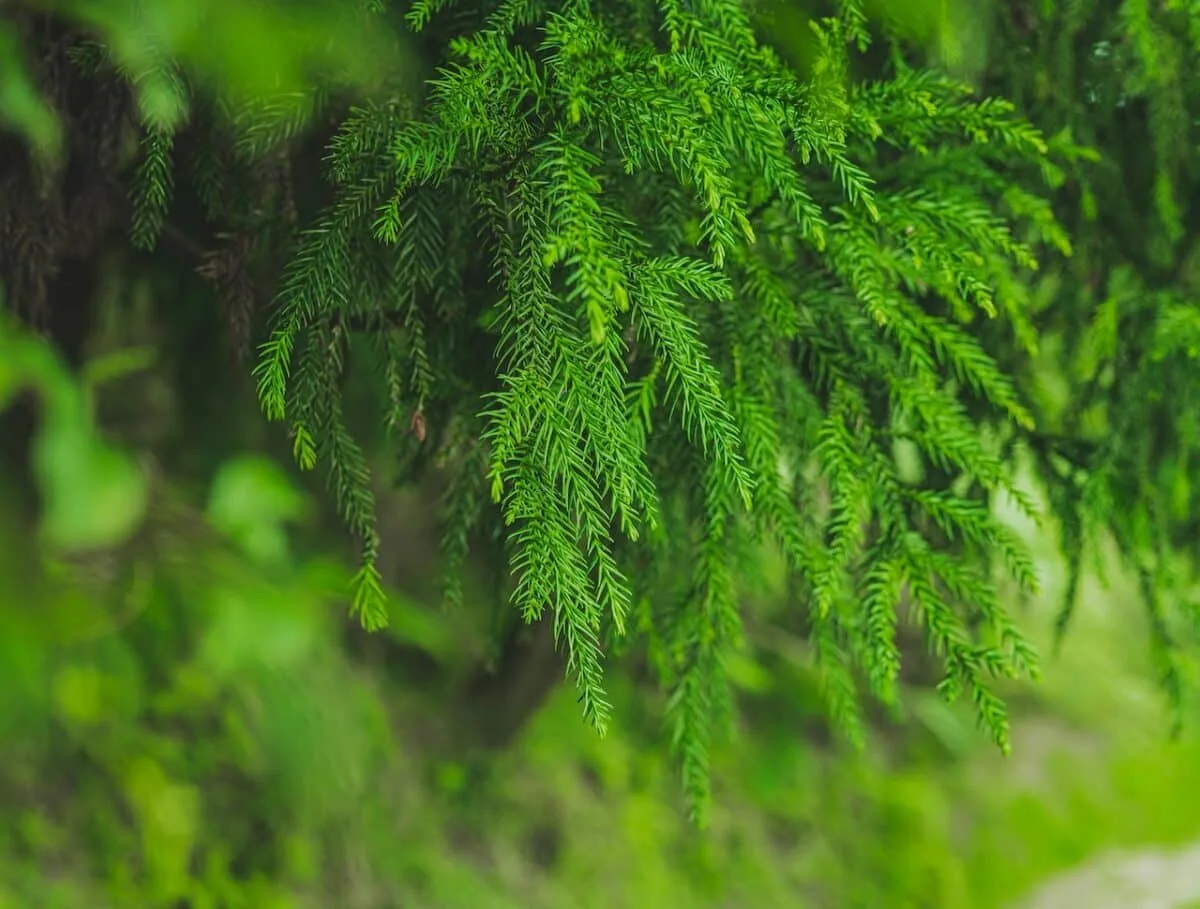The Leyland Cypress is a huge evergreen tree often planted in parks and gardens for aesthetic and ornamental purposes. It comes from the family Cupressaceae. This tree is a natural hybrid of two Pacific Coast species, the Monterey cypress and the Alaska cedar.
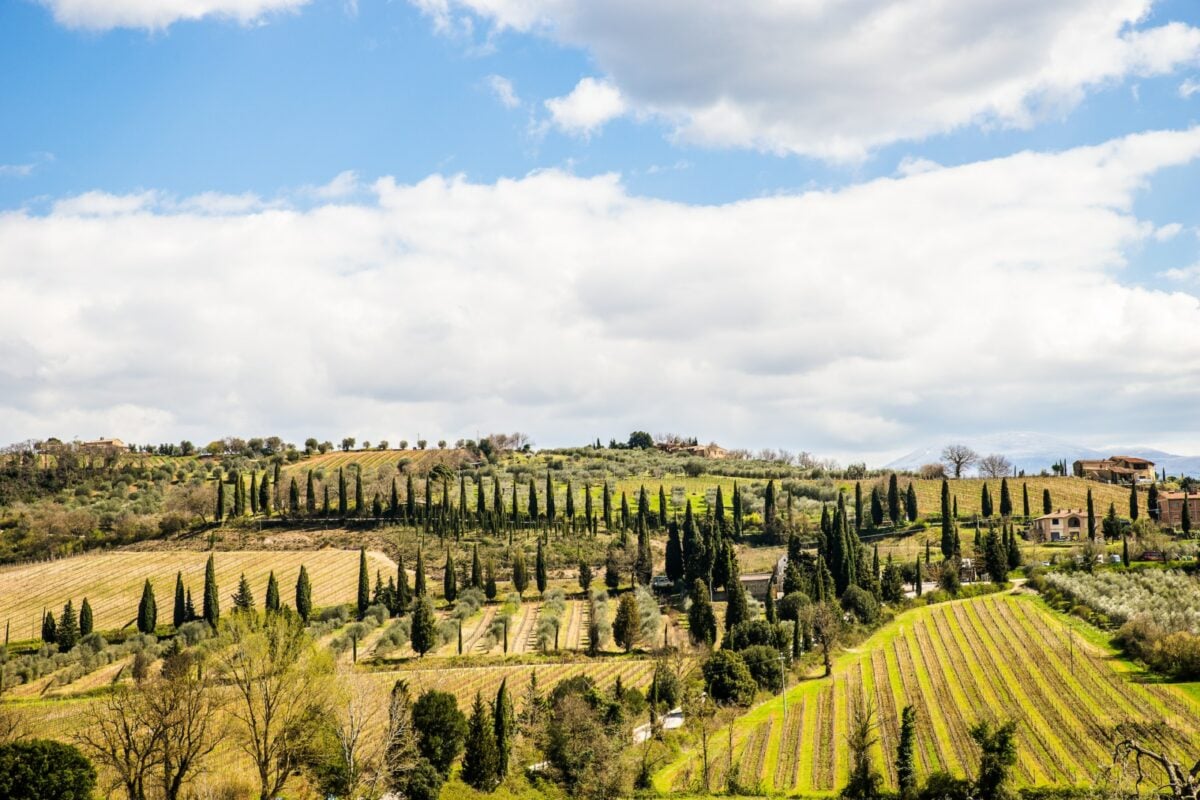
Its scientific name is x Cupressocyparis leylandii. This hybrid species is sterile and can only be propagated vegetatively. It features a reddish-gray bark, thin, bendable branches, and soft, scale-like leaves that grow in flat “sprays.” It produces small, spherical, brown cones.
Additionally, it has thick foliage and shows rapid growth. Both of these characteristics make it a popular hedging species. However, due to its high growth rate, it can reach excessive heights, possibly obstructing garden light.
Let’s take a look at this beautiful tree, which is yet another testament to Mother Nature’s magical abilities.
History of Leyland Cypress
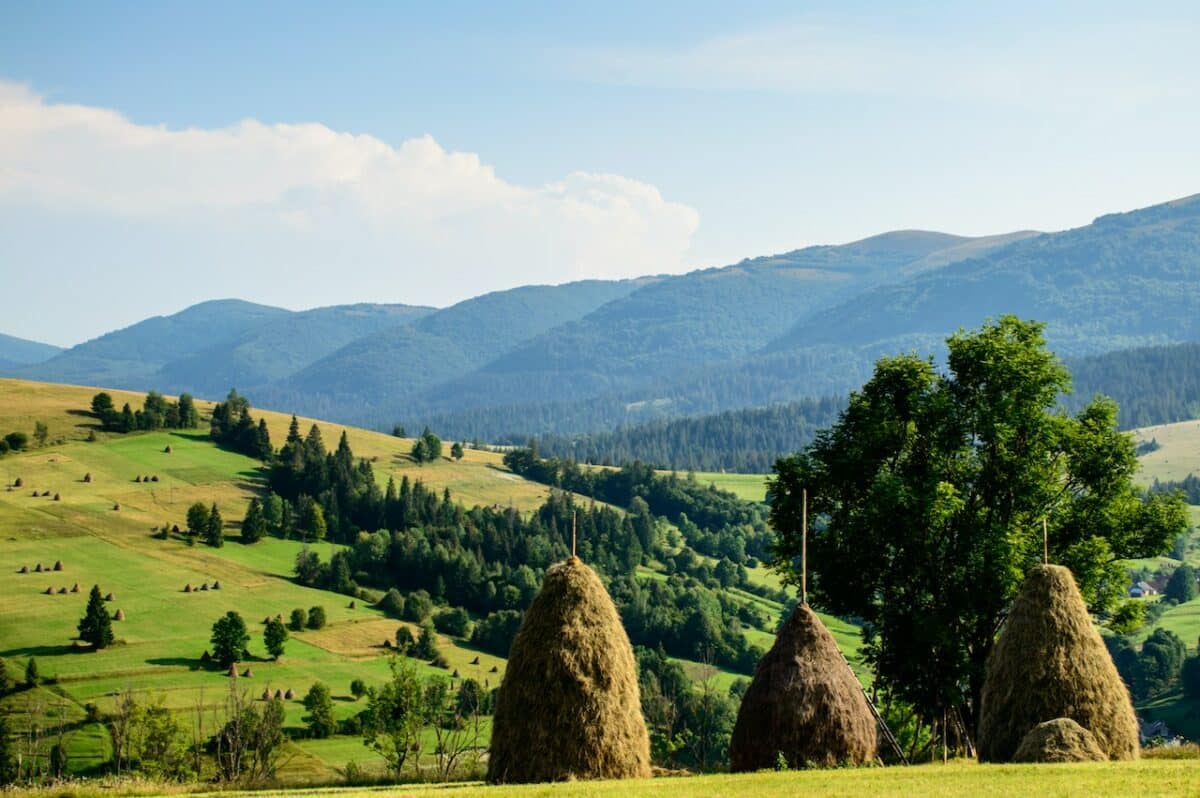
The Leyland Cypress tree is a natural hybrid that was produced in 1888 when a Monterey cypress and an Alaskacedar accidentally crossed at England’s Leighton Hall. C. J. Leyland planted seeds from Alaskacedar cones fertilized by Monterey cypress.
This developed into a tree with extraordinary growth rates. Additionally, it had a unique liveliness and a pleasant appeal. As you can see, the tree is named for the individual who planted the first seed.
It has gained widespread recognition due to its amazing salt resistance, flourishing where many other trees cannot. In order to improve its inherent beauty, it has also given rise to a wide range of cultivars.
Appearance of Leyland Cypress
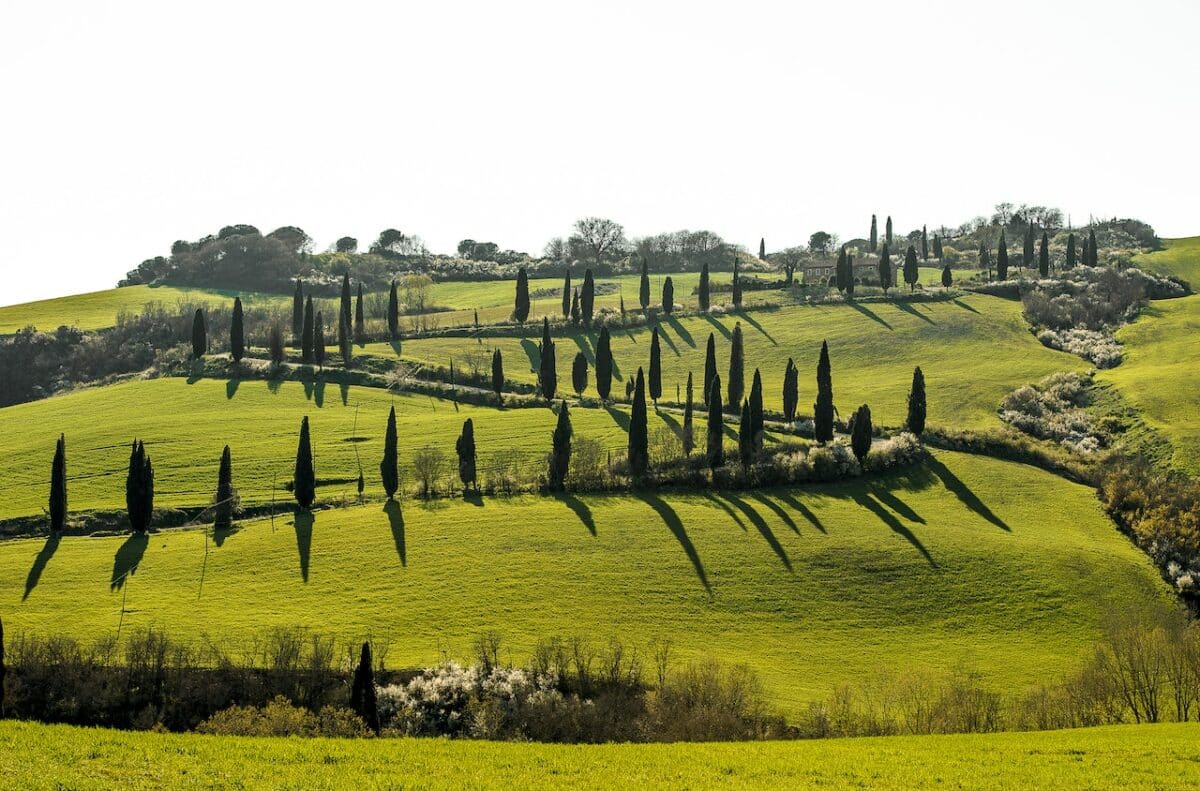
Leyland Cypress leaves have a smooth feel and no unpleasant thorns or spiky leaves. Additionally, it is always green, offering you complete security all year round. Despite its quick growth, it is simple to shape and height-prune to your needs.
However, even without trimming, it will develop into a uniform, symmetrical shape, giving you a dense, living wall: Leyland cypress trees’ pyramidal, conical shape features flattened sprays of bluish-green, needled leaves.
They grow swiftly, reaching 3 feet or more by their second year already. If not cut back, they can reach an astounding height of 40 to 60 feet with a spread of 15 to 20 feet.
Uses and Importance of Leyland Cypress
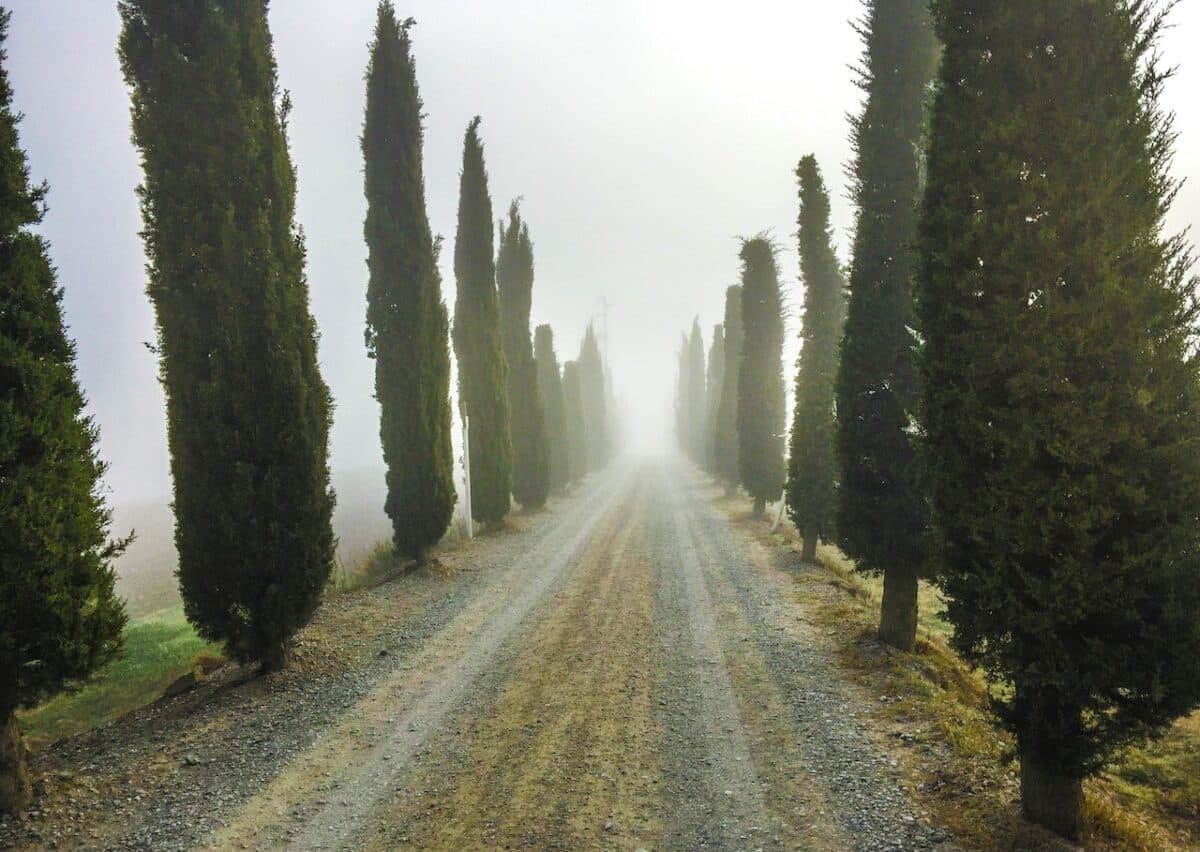
Due to its fast growth and dense leaves, people prefer to use it as a garden hedging plant. However, its growth rate frequently exceeds predictions, and trees can easily reach 40 feet. This makes it difficult to manage and may block light from nearby gardens.
Garden birds often build their nests in the Leyland cypress’s dense foliage because of the excellent protection it offers.
Leyland Cypress as a Living Christmas Tree
The Leyland cypress typically grows as a living Christmas tree in warmer climates. It is a popular option for this purpose in the Southeast United States. After serving its seasonal purpose, people usually discard or replant this tree in the landscape.
However, in colder climates, it is not very effective for this use. This is due to the fact that it does not adapt well to going from indoors to outside.
Where to Find Leyland Cypress?
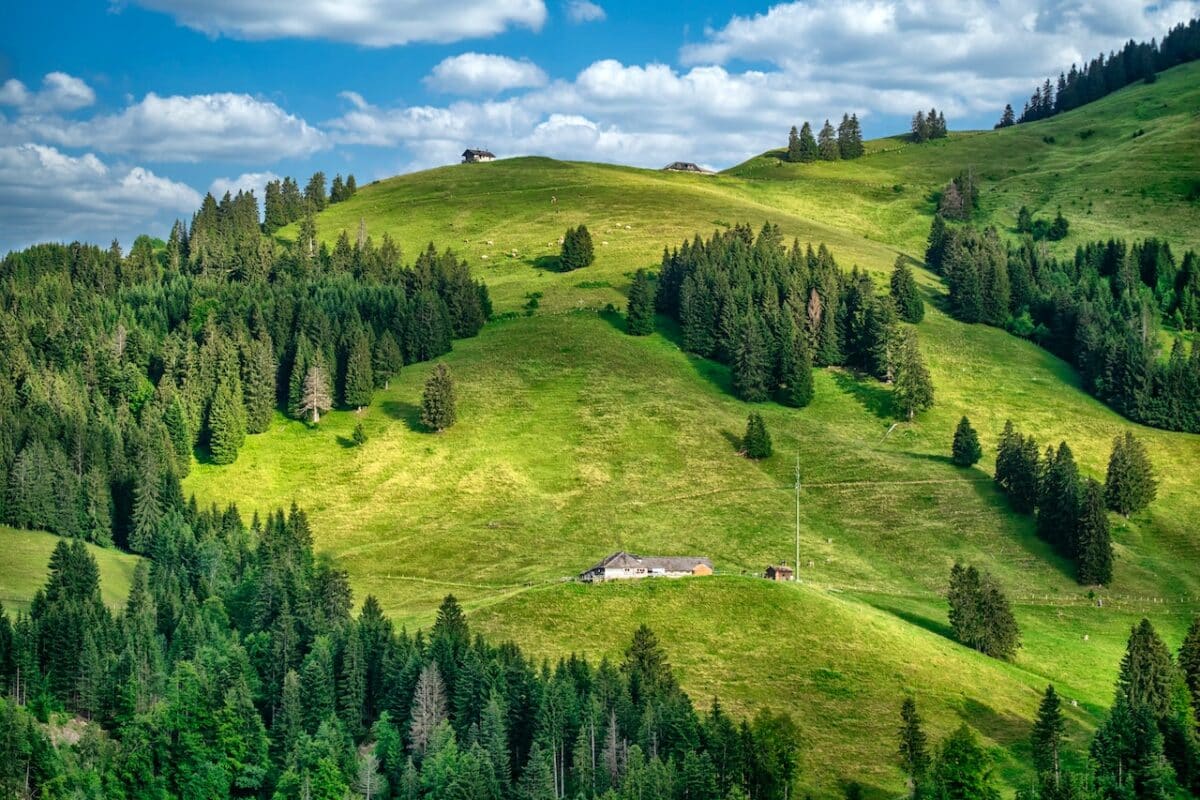
Leyland cypress is not found in the wild since it is a sterile hybrid that was accidentally artificially produced in Wales from two species of cypress from North America. Due to its rapid growth, it is widely grown in residential areas of the UK as a hedge. Although it favors full light, it grows well in most soils.
Classification of Leyland Cypress
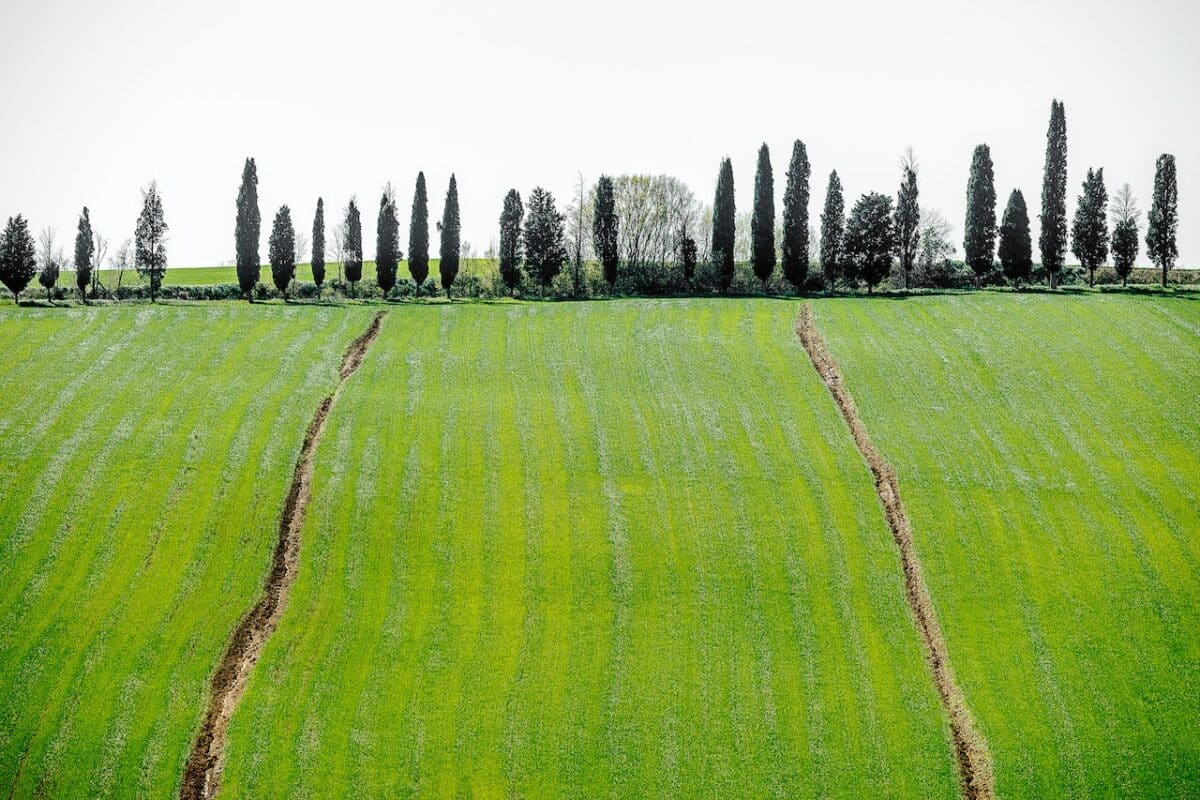
Leyland cypress’s official categorization has changed multiple times. Horticulturists have discussed which genus it belongs to and its parentage. Hence, it can be referred to as Cuprocyparis leylandii, Callitropsis leylandii, Cupressocyparis leylandii, or Cuprocyparis x leylandii.
As of 2019, Cuprocyparis leylandii is the official name given by the ITIS (Integrated Taxonomic Information System). However, various authorities still make use of different scientific names.
The Leyland cypress comes in various cultivars, typically identified by the color of its foliage.
Here are some examples of different cultivars:
#1 Leighton Green
Leighton Green features dark, forest-green foliage. This makes it perfect for use as a Christmas tree or holiday décor. This cultivar appears more coarse than other types because it is heavy and thick.
#2 Silver Dust
The leaf structure of Silver Dust is comparable to that of “Leighton Green.” However, the foliage features variegated white splotches.
#3 Naylor’s Blue
The plant Naylor’s Blue is famous for its lovely blue-gray foliage. It can get as tall as 60 feet and as wide as 10 to 15 feet. Depending on the season, the color of the scaled needles changes – in winter it takes on a ghostly grey.
#4 Castlewellan
Castlewellan grows in a conical shape. One of the features that people like best about it is the delicate, feathery foliage. The exterior of the tree turns gold in the winter, but the inner remains green.
#5 Robinson’s Gold
The foliage of Robinson’s Gold is yellow-golden, as indicated by the name. It is one of the best golden varieties available.
#6 Emerald Isle
The Emerald Isle features flat sprays of bright green flora. It is a more manageable tree because it only grows to 25 feet.
General Guidelines for Planting a Leyland Cypress
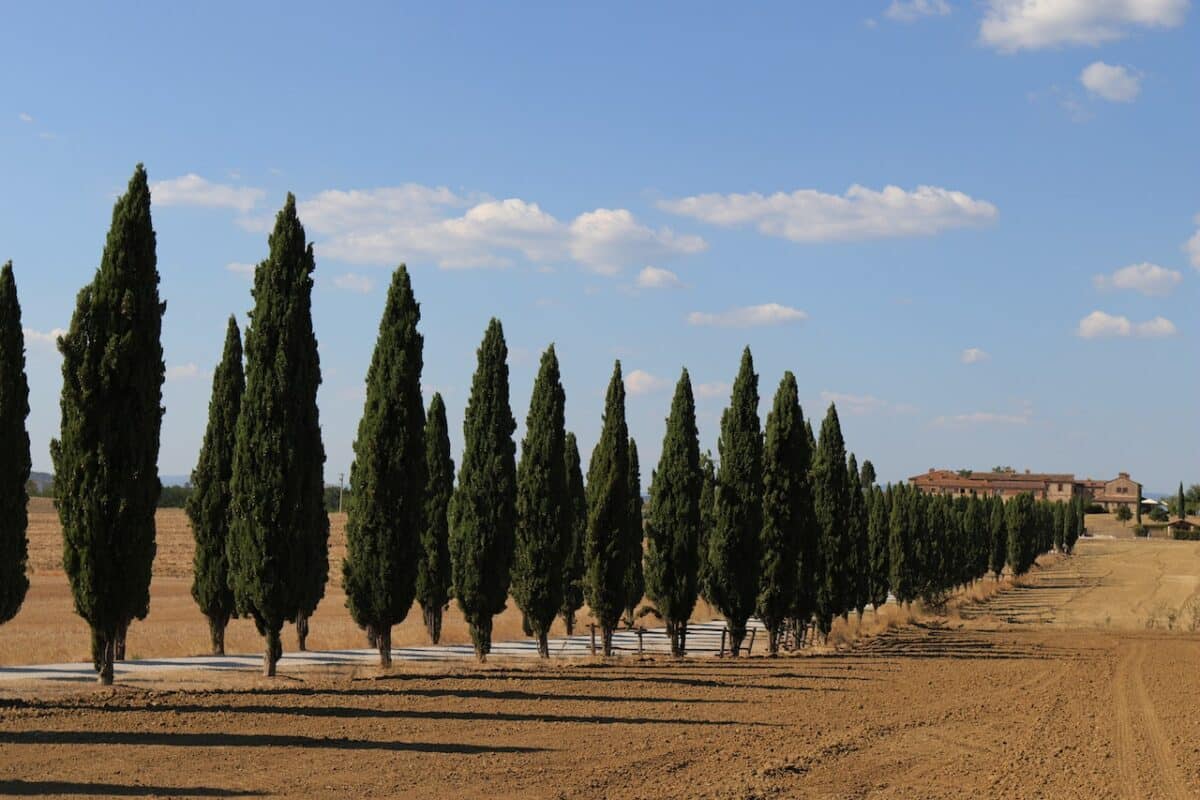
The best time to plant your Leyland Cypress is in mid-fall when it is dormant. You should plant your tree in a spot of well-drained soil that receives full sun with some shade. So, do not plant a tree directly on a property line. It’s because this big, quickly spreading tree may expand over your neighbor’s land.
Make a hole that is twice as wide as the root ball. Plant the tree in such a way that the earth around it is level. Before planting the tree in the hole, gently tease its roots, stimulating them to spread farther. Backfill the hole with the earth you dug out. Then surround the tree with a ring of mulch, careful not to let it touch the trunk.
For a week, water your tree every day; after that, water it every other day. You can water as necessary by the third week. When planting many trees, keep them 6 to 10 feet apart.
Growing Conditions for a Leyland Cypress
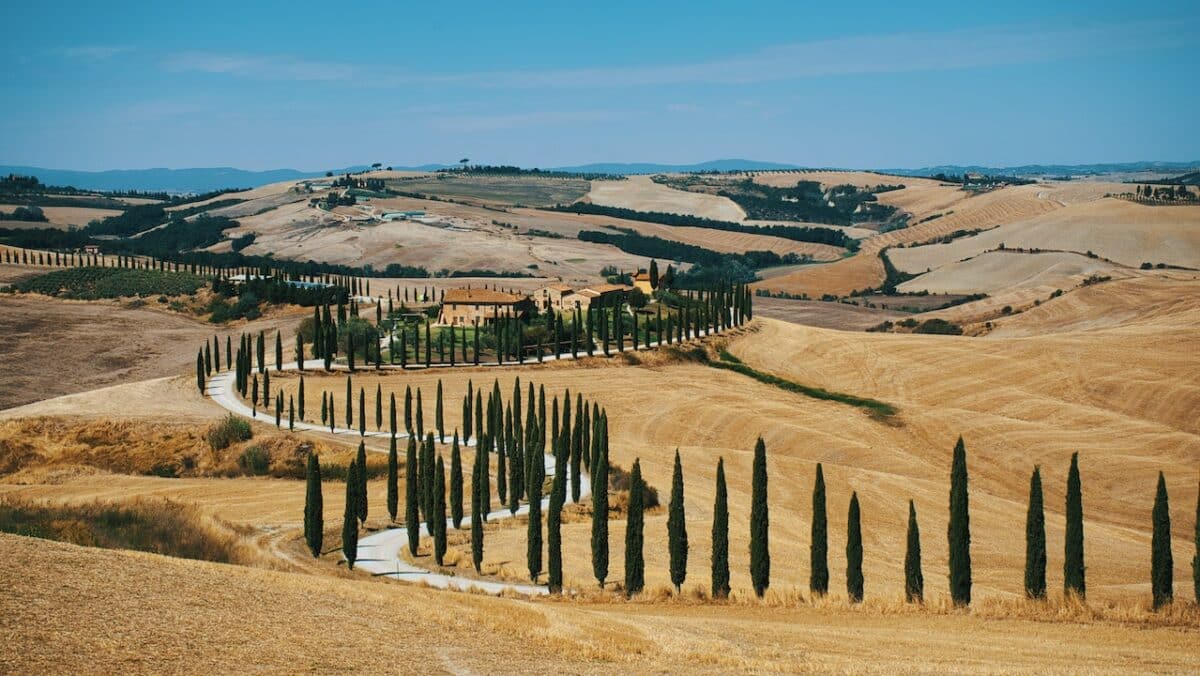
Plant Leyland Cypress in a place with full sun and evenly wet, healthy soil for optimum growth. The spacing between them should be no more than 10 feet apart. However, you can plant closer if you want to grow a hedge quickly.
As the plants grow and encroach on one another, take out every other tree. Make sure to prune them routinely and early. Otherwise, the Leyland cypress will be likely to become overly tall due to its rapid growth rate. As a result, they may overtake a landscape. Keep an eye out for the often fatal root rot diseases and cankers.
#1 Sun and Shade
Leyland cypress trees thrive in bright sun. They require at least six hours of daily, unfiltered direct sunshine. Although Leyland cypress can withstand most types of lighting, it cannot stand heavy shade. It flourishes in open, sunny, or only slightly shaded areas.
#2 Soil Requirements
Leyland cypress grows quickly in the early stages in a variety of medium-fertility soils. It does not thrive in peat or soils with very low nitrogen levels, although it does seem to thrive in alkaline soils. Its attractiveness for hedging can be attributed to its early, quick growth and modest exposure tolerance.
Because exposed upland areas are more likely to experience snow breakage, they are unsuitable. It is suitable for more solitary areas with >31 1/2 inches (>800 mm) of rainfall in western and southern Britain.
#3 Water
Water your Leyland cypress frequently after spring and summer planting to help in the growth of its roots. It will take a Leyland cypress a couple of months to establish itself. During this time, it needs regular deep watering.
The tree should then receive roughly 1 gallon of water each week after that. A tree with a height of 10 feet will require around 10 gallons of water each week, essentially one gallon for every foot of height.
During the active growing season, this can be split into two equally spaced waterings per week. Decrease watering to just once or twice per month during the winter. Use soaker hoses rather than sprinklers to avoid wetting the foliage.
The tree may endure brief periods of waterlogging or occasional drought. But take care not to soak it in moist soil for a long period as this can cause root rot, which can be fatal.
#4 Temperature and Humidity
The USDA hardiness zones 6 – 10, with temperatures at the lowest minus 8 degrees Fahrenheit, are ideal for growing Leyland cypress trees.
However, gardeners in Zone 5 have been successful in growing them. They did this by providing an A-frame shelter and mulch throughout the winter. It contributed to preventing snow and ice damage to them.
Such shielding is only possible when the plants are young unless you maintain them short by pruning. Fortunately, shielding is no longer necessary after the plant’s complete growth. It’s because they frequently have enough cold tolerance in zone 5.
#5 Fertilizer
Fertilize your Leyland cypress tree in early spring before new growth appears. Use an NPK fertilizer with a slow-release, a balanced value of 10-10-10. You can use your intuition and don’t have to fertilize every year.
#6 Pruning
Leyland cypress trees can grow to enormous heights without pruning. However, they will continue to keep their pyramidal shape on their own. Annual tree pruning is necessary to maintain a desired hedge height and promote dense growth.
This tree grows best with a central trunk. Therefore, you should remove any competing leaders soon after planting the trees. Prune the sides of Leyland cypress trees once a year in July (if you’re living in the Northern Hemisphere.)
A pruning cut should be made a few inches below the height of the leader that you want to keep for the tree. It will prevent any further upward growth in the future. Additionally, it will make room for minor branches to grow vertically.
How to Propagate Leyland Cypress?
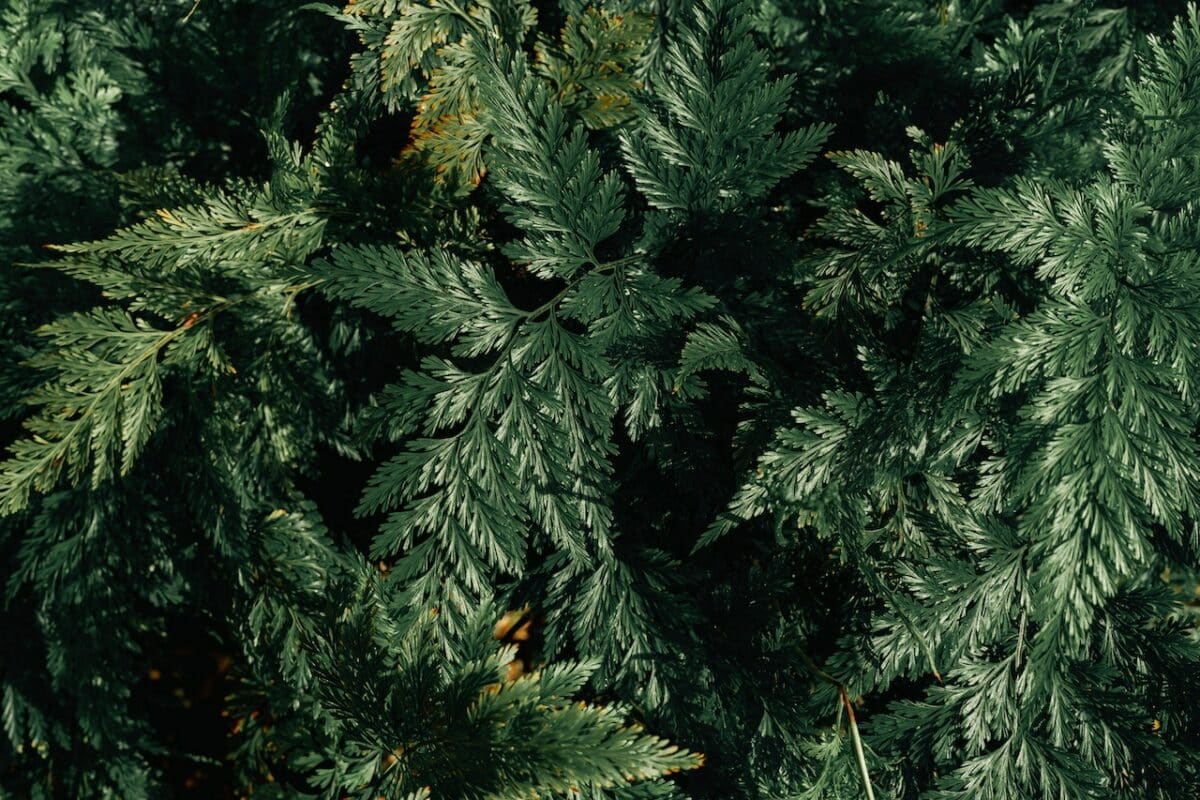
The Leyland cypress often produces sterile seeds because it is a hybrid tree. Since they are fertile, planting them generally produces a tree that differs greatly from the original plant. The best way to grow this tree is from cuttings. And the following is a useful strategy for doing that:
Using sterilized pruners, take 6-inch to 8-inch semi-softwood cuttings from a tree less than 10 years old in February or March. The cuttings should have fresh, green growth at the top and brown wood at the bottom.
Apply rooting hormone to the stem’s tip. Plant it in a small pot that is filled with a porous growing medium, such as a mixture of three parts perlite to one part peat moss.
Keep the cutting in a warm, moist environment. To diffuse direct sunlight, cover with a shade cloth. Syringe water twice a day into the roots to maintain hydration. Usually, rooting takes six to ten weeks to complete.
The plant can be moved into a gallon-sized container once it has established roots. It will be ready to plant outside in the spring after six to nine months.
Potting and Repotting Leyland Cypress
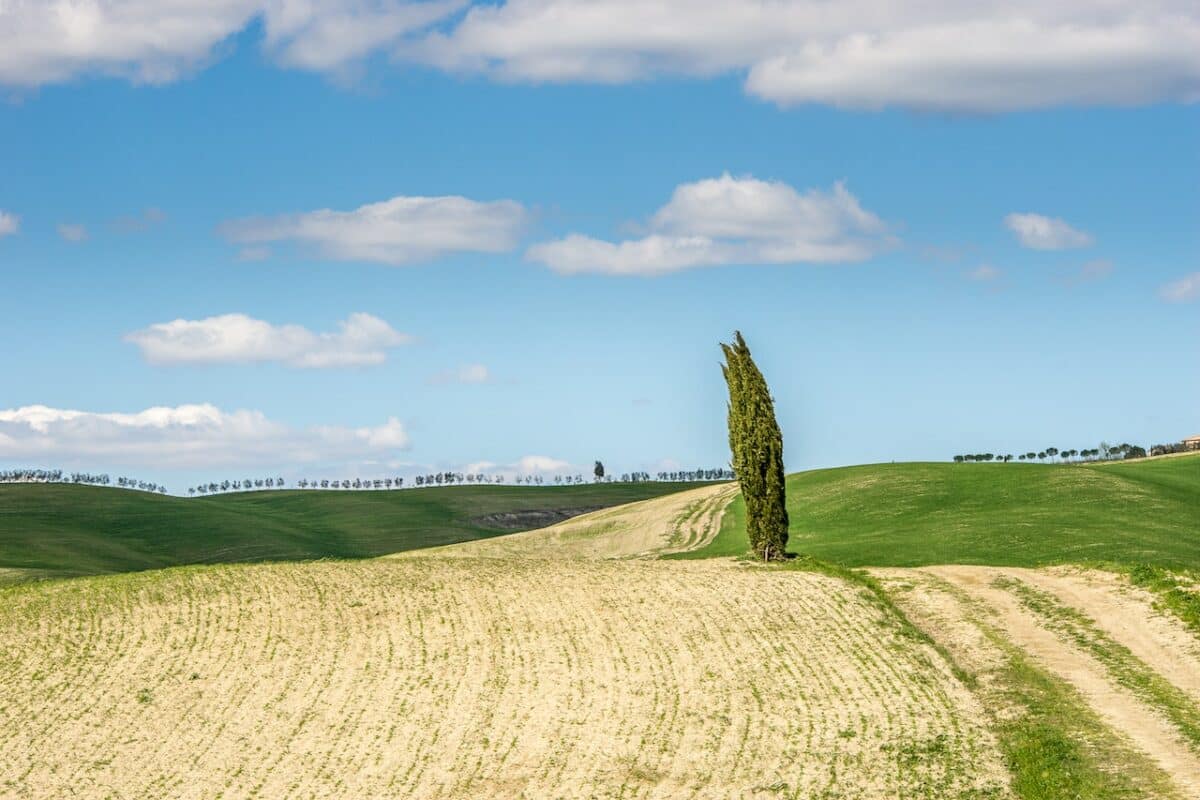
Since the Leyland cypress grows so quickly, container culture is uncommon. But, if you decide to plant it in a pot, choose a sizable, wide container with effective drainage holes. Then put a common, well-draining potting mix inside.
As the roots fill the container, they will most likely need to be replanted every year. But cutting back the roots is advisable rather than moving the plant into bigger containers. Afterward, replant in the same pot with new soil around the shrunken root ball.
This way, you can slow the plant’s rapid growth process. The tree is perfect as a living Christmas tree once it is between 5 and 7 feet tall. However, it is advisable to transplant it into the landscape when it gets bigger than this.
Overwintering
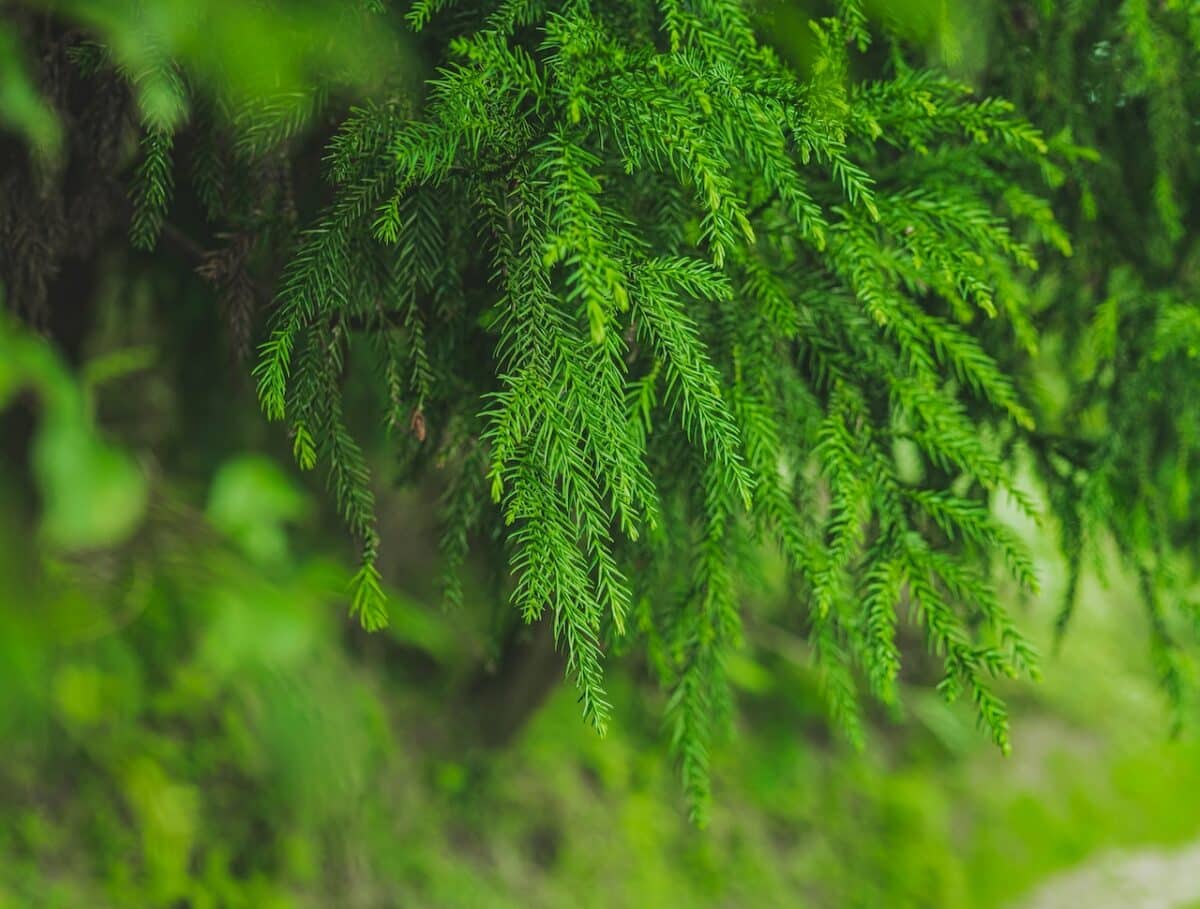
In areas with significant snowfall, these trees may suffer branch damage. Therefore, careful pruning up until mid-summer may stop this from happening. Put a burlap tent or wrap around the bush in cooler areas. This can protect it against winter burn, important if the tree is young.
In the winter, you should only water them once per month (twice, at most.) This is because these trees are especially prone to rooting in cold, moist soil.
Major Pests & Pathogens of Leyland Cypress
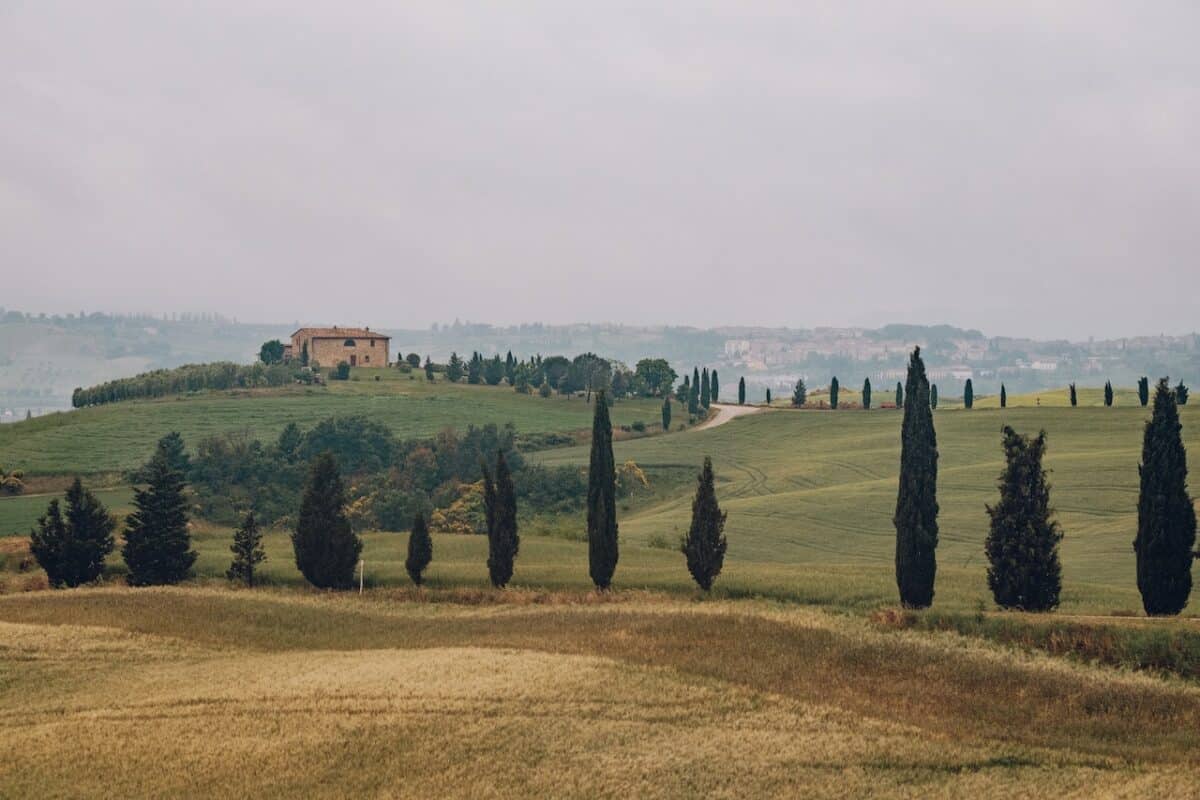
Seiridium canker kills trees by causing dispersed twig and branch death. Although the causative agent is entirely different, cypress aphid also results in typical signs of plant browning. A pathogen infection can cause significant dieback or even death.
The Leyland cypress is also extremely vulnerable to Phytophthora and Armillaria root rot. This tree may also be infested with spider mites, but spraying with neem oil is an effective way to handle this issue.
Bagworms are a common and critical pest issue for the Leyland cypress. It can completely defoliate a tree in a short time. To avoid this, remove the silky nest bags as soon as they appear.
Moreover, a shallow root system coexists with this rapid growth. Consequently, this tree can easily tumble over in a high wind, especially when the soil is saturated.
Browning or Yellowing Branches
This tree is incredibly dense. As a result, the central regions may fade away from a lack of sunshine. Therefore, it is a good practice to selectively prune out limbs to allow light and air to enter the center.
If the browning is only on one side of the tree, it is most likely due to winter scald, which stems from a combination of cold temperatures and strong winds. This is relatively common in younger trees. But, you can avoid it by wrapping or tenting the plant during the winter.
Conclusion

Summary
| 1 | The Leyland cypress, aka ‘Leylandii,’ is a notable tree that has been widely planted for its fast-growing nature. |
| 2 | The species is capable of growing to more than 60 feet tall at maturity. |
| 3 | Its scale-like, soft, overlapping leaves form in flat sprays on long stalks. |
| 4 | The Leyland cypress grows in acidic, alkaline, moist, rich, sandy, and clay soils. |
| 5 | Leyland cypress trees thrive in Zones 6-10, with the greatest growth in zones 6-8. |
| 6 | Leyland cypress has become increasingly prone to a number of serious diseases, and some authorities now recommend against its use. |
The Leyland Cypress is the most widely planted privacy tree in America and Britain for a good reason. This tree grows quickly, gaining more than 24 inches in height annually. It is drought tolerant and has feathery soft, luxuriant leaves.
You can safely say that it is a combination of strength and beauty. It is widely used for hedging and creating boundaries because you can easily prune and shape it repeatedly.
According to research, Leyland cypress dries more slowly than eastern red cedar but more quickly than Fraser fir. This limits its potential for shipping in the wholesale market. However, the benefits of Leyland cypress make it a popular species among “choose and cut” growers.
Thank you for reading this article! For more horticultural tips for your garden, head over to read our guide and assessment of the Japanese Beetle Trap.
Join our Forum for free today!


